Dealing with anxiety is something everyone faces. The reason: you can thank human evolution. Anxiety is part of the “fight or flight” response buried in your brain. This reaction has been perfected over millennia for one sole purpose, to keep you alive.
Remember, your ancestors lived in environments which lacked the social construction and safety we have today. Disease, famine, wild animals and other threats all triggered their survival mechanisms. Adrenaline pumped through their bodies, preparing them to confront or flee any danger. Anxiety is one part of the spectrum which makes up these survival instincts; except the triggers can be quite different.

30,000 years ago the daily threats were MUCH different
The American Psychology Association defines anxiety as “an emotion characterized by feelings of tension, worried thoughts, and physical changes.” To put it another way, it’s a response programmed in your body to deal with stress. It can be helpful to think of anxiety as a voice inside our heads, which needs us to take action. It’s totally normal and very important for day to day living.
Anxiety is not a “one size fits all” scenario. People react differently to triggers and face different levels of anxiety, which last different lengths of time. What’s important is recognizing whether the anxiety we feel is a natural response or a burden which prevents us from performing very basic tasks. And most importantly, understanding what causes our anxiety to spike in the first place.
The Most Common Anxiety Triggers
There are dozens, likely hundreds of things which can set off anxiety. What causes one person to be anxious, maybe no issue for another. One of the most common triggers of anxiety is public speaking. Talking for six minutes in front of a crowd may be paralyzing for someone, yet that same person may find writing six thousand words to be a walk in the park. Here are some of the most common anxiety triggers:
Money or Finances
Maybe your debt is piling up; school loans, credit cards or mortgage payments. It’s possible you are living paycheck to paycheck with bills mounting. This scenario is a common one to trigger stress. Without proper coping techniques, money issues can make it challenging to deal with anxiety and have a clear mind to find solutions.
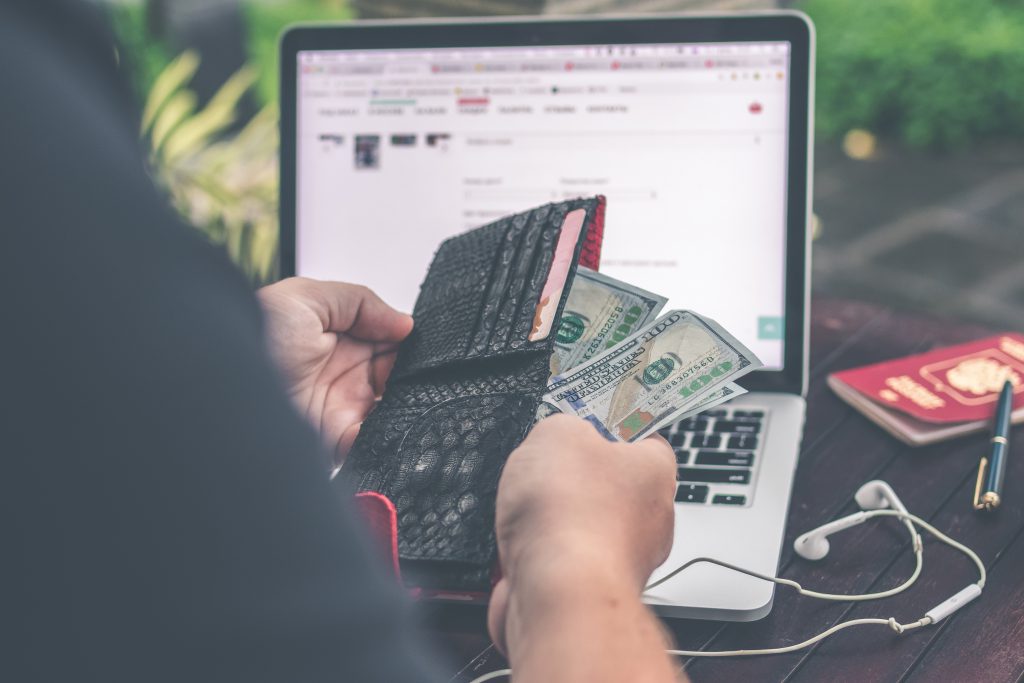
62% of Americans say money is their biggest source of stress
Conflict
Differences arise with loved ones, relatives, friends, roommates, co-workers or anyone you have some type of relationship with. Maybe just the idea of friction or disagreement with a person sends chills throughout your body. Without addressing the anxiety, it becomes easier to avoid people altogether, deteriorating relationships further (and thus causing more anxiety!)
Illness or Health Concerns
A bad diagnosis, understandably, can trigger anxiety levels but so can the thought of becoming ill. This is especially true if someone close to us is sick. The “what if” and doomsday scenarios begin to take over and we might begin to picture a world without us in it. Anxiety is this context may lead us to make rash decisions regarding our health. It is important to be grounded in reality when facing an illness but anxiety and stress can cloud our decision-making process.
Alcohol
The societal norm tells us alcohol can relieve stress and but only temporarily. In fact, the original stress and anxiety come back even just after a few hours (and likely stronger as the body goes through withdrawal.) Remember: the events or thoughts which caused the anxiety in the first place, likely haven’t gone away. This can sometimes lead to more drinking to try and further relieve the stress, but it doesn’t work.
Social Situations
Parties, dating, presentations, crowds, maybe even just having to talk to strangers makes your adrenaline skyrocket. Without addressing these triggers avoidance can sometimes set it.
Diet
Not eating enough healthy foods or skipping meals altogether can have a dramatic impact on your body, brain and stress levels.
Traveling
Planes, trains and automobiles can get anyone wound up and feeling stressed. Just thinking about packing, schedules, confined and close quarters, delays and so on can cause anxiety levels to rise. Although this anxiety is often manageable, it can still be a burden to people who fear or obsess over modes of transportation.
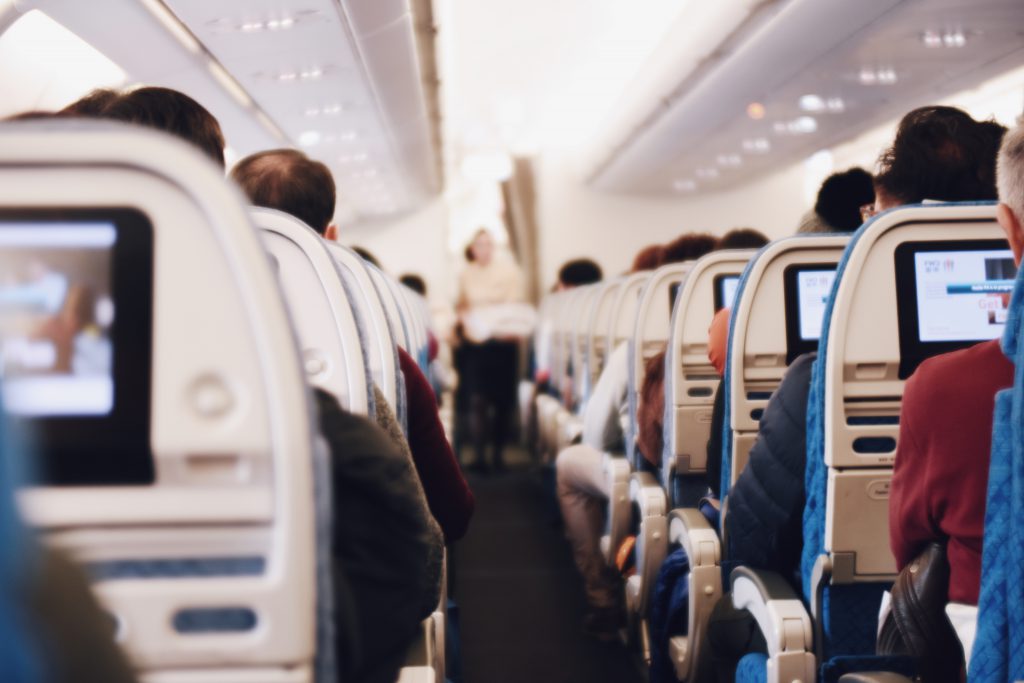
Two-thirds of people say flying is the most stressful form of travel
Moving
A very common trigger is having to pack up your life (or leave one behind.) We may even avoid pursuing new relationships, opportunities, and experiences because of it.
Sudden Changes at Work
This can go beyond losing a job. Promotions, having to take on a colleagues workload, new projects or new bosses can set a person’s stress meter to HIGH. The workplace can generate stress in a myriad of ways, so anxiety coping skills are essential to have for any job.
Negative Thinking
We aren’t talking about a “Debbie Downer” here. In psychological terms, we are focusing more on illogical thought or cognitive distortions. This can be overgeneralizations, jumping to conclusions, blaming others, etc. Some examples of negative thinking could be:
- What if I’m late for this appointment?
- Have I chosen the wrong career?
- I don’t think I will finish this report on time.
- I think my partner is cheating on me.
- What if I have cancer?
- I will never have enough money to retire.
If we recognize the negative thoughts which cloud our minds and develop consistent anxiety coping skills, it can help quell emotions before they become excessive or unmanageable.
Quick Hacks for Dealing With Anxiety
Get off social media
A mindless scroll through Instagram or Twitter can be counterproductive when looking for help with anxiety Sure, there are endless cat photos but also a barrage of news events (mostly negative). Friends, influencers and celebrities are all curating their best lives, implying how we should eat, dress, cook, design our homes and vacation. The need to “Keep up with the Kardashians” becomes a quagmire of anxiety triggers. If you can’t quit social media, try to take extended breaks.
Exercise
This should be a staple in your strategy when coping with anxiety. When stress overtakes your mind, it impacts the body as well. Physical activity helps reduce tension, lift a person’s mood and improves sleep (which also helps decrease anxiety.) The reason is that the endorphins produced by the body during exercise act as a natural painkiller for the body. Swimming, biking, walking or yoga are just some of the exercises you can turn to for jumpstarting your heart rate while shutting down anxiety.
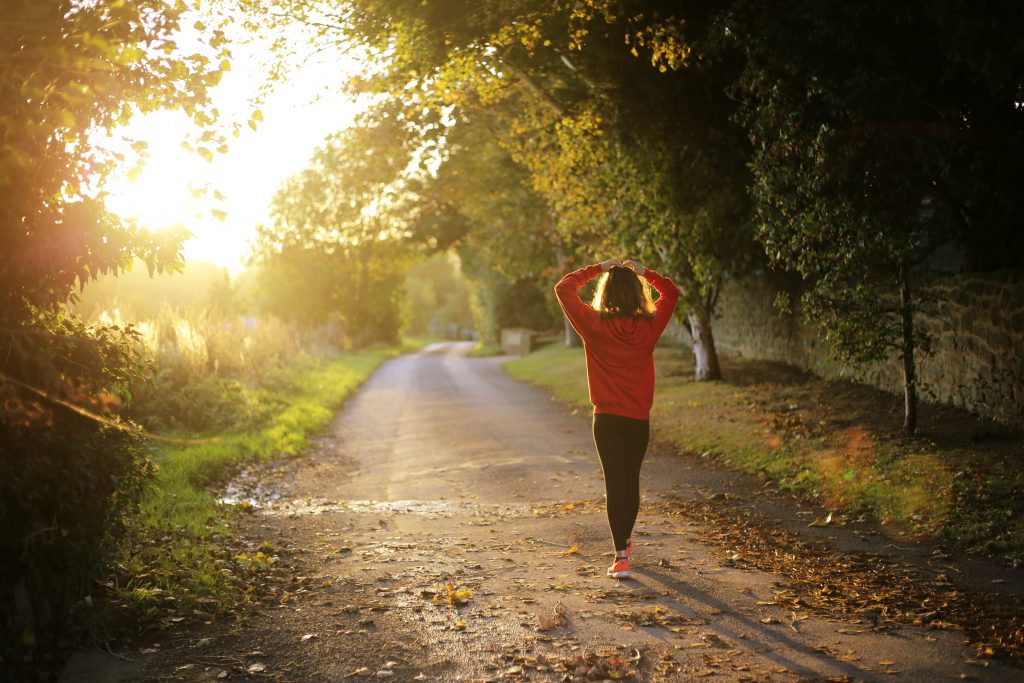
Just five minutes of activity can dramatically reduce anxiety & stress
Listen to music and dance
This should come as no surprise to the lovers or rhythm and song. Dance can easily fall into the category of exercise for tackling anxiety but its symbiotic relationship with music creates a very special coping technique. Over the last few years, research into the healing properties of music has revealed an incredible amount of breakthroughs. Music can help with anxiety, amnesia, dementia and pain relief.
Do some chores
We know this one sounds counterintuitive at first, but its a technique for bringing your mind back to a zen state. Research from the University of California has shown that a clean house leads to lower levels of depression and anxiety. Chores are also simple tasks, which we can jump into quickly and easily.
An anxious mind craves taking immediate action and controlling a situation. The act of say, organizing your closet, fulfills this need but gives your anxiety time to run its course. There is no need to go full Marie Kondo and throw out all your possessions, just breaking out the mop and bucket can suffice.
Dive into a creative activity
Painting, coloring or really any activity which leads to exercising the more fun and imaginative parts of your brain. Take up that pottery class, re-design a room in your house, break out the carpentry tools or spend a few hours in the garden. Focusing on activities that bring joy and raise our mood, can help balance out the stress in your mind.
Read a book
Page-turners are doorways to another world and a long-used technique for battling anxiety. While we read, our heart rate drops, the chemistry and connections in our brain changes and our stress levels plummet. In fact, “bibliotherapy” was used by librarians after World War I to help soldiers deal with trauma (what we would call Post Traumatic Stress Disorder or PTSD today.)

ccc Just six minutes of reading can lower stress levels by 60%
Write in a journal
Thoughts in an anxious mind are like a snowball rolling downhill; increasing in size and speed by the second. So finding clarity and focus in this mindset is next to impossible. Putting pen to paper can help bring order out of chaos.
Journaling helps anxiety for one main reason: it is the best way to get a snapshot of our thoughts and how fast we cycle through them. A person can have five or six distinct thoughts in mere seconds (but not be aware of them all.) You often hear anxious people say “my mind won’t stop racing!” – journaling helps us isolate those thoughts.
And once these thoughts are physically in front of us, we can see negative patterns, illogical thinking or irrational ideas. It takes practice and discipline but can become a powerful anxiety coping skill. Our friends at KYŌ will help ease you into the world of journaling. The KYŌ app has thousands of guiding reflective questions to get you started, organized by experts around the world!
Role-playing
A tough conversation, a big presentation at work or any situation where your words and actions matter. These scenarios can easily send stress levels off the charts. The uncertainty around the outcome of these events is typically the trigger. We only picture negative conclusions and pay no mind to potential positive outcomes. A “rehearsal” with a trusted friend could be just the trick to stop your anxiety from spiking. You can anticipate and brainstorm how to deal with situations as they arise, reducing the uncertainty.
Hang out with your squad
Support from our friends (or supporting them) can be a great way to melt away anxiety and stress. Opening up about your challenges, listening to theirs or just enjoying a beloved activity with people you care about, can uplift our mood and provide clarity around the negative thoughts we tell ourselves – reminding us what matters most.
Sleep
This may not be as easy as you think; especially if anxiety is impacting your sleeping habits. However, it may be possible that the anxiety and stress you feel, has been caused by a lack of proper sleep.
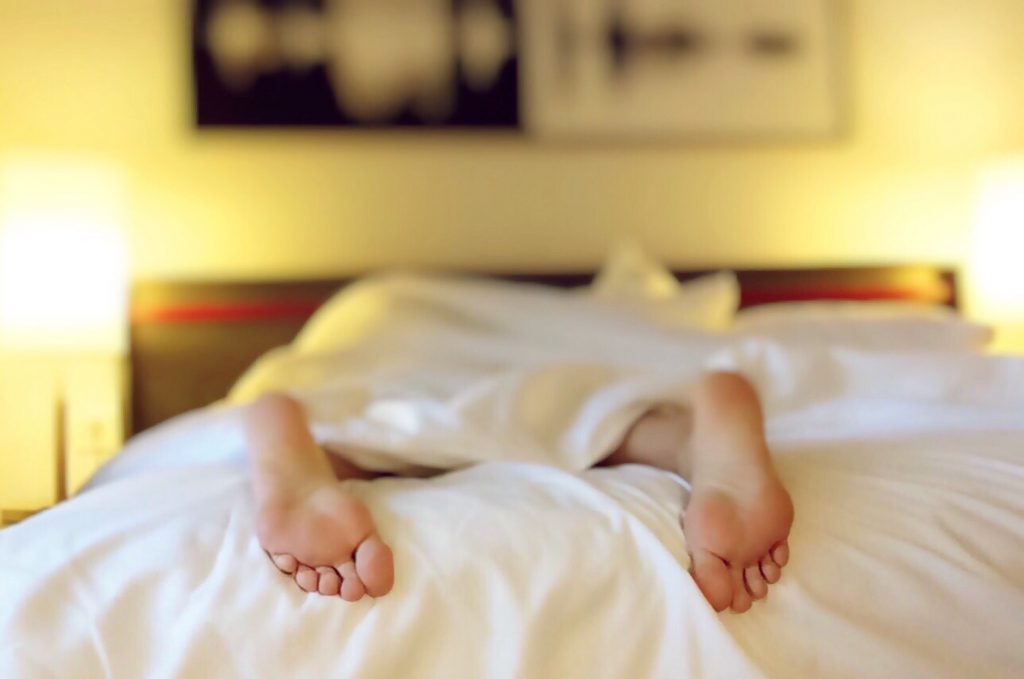
Pro Tip: Go to bed & wake up at the same time every day
Breathing
Obviously, it’s one of our favorite technique at Mindbliss. It’s easy to start, can be done anywhere and the learning curve is very low. Research has shown that proper breathing helps control our emotions and negative thoughts during periods of stress. Scientists have even found that breathing through our nose helps our brains make better decisions when emotions are running high.
Here are breathing exercises you can use right now to improve anxiety coping skills. Once you have mastered those, the Mindbliss app can curate more breathing exercises for you.
Long Term Strategies For Dealing With Anxiety
This is not a list of quick-fixes. Some of these techniques are easier than others to integrate within your daily routine. Yet, with some dedication and discipline, they will be very effective at addressing anxiety over the long term.
Change up your diet
Moderation and a balanced diet is the goal here. Foods that are high in sugar and fat, especially processed foods, can have a negative impact on the body as the withdrawal symptoms from these foods can mimic symptoms of anxiety. Focus on foods rich in zinc, magnesium, vitamin B and Omega-3 fatty acids. Here is a handy guide from Harvard University on what foods help with anxiety. And remember to keep hydrated by drinking enough water. That being said, always consult with a doctor or health professional before making dramatic changes to your diet.
Avoid alcohol and cigarettes
People often turn to alcohol and cigarettes as quick fixes for anxiety but in reality, they often make anxiety symptoms much worse. The buzz from alcohol and nicotine simply masks the initial negative feelings. When the high wears off, not only does the anxiety return but you also have to deal with the physical symptoms of withdrawal. Eliminating or even reducing our consumption of these substances can be tricky due to their addictive properties and socially accepted use. If you think smoking or drinking is having a negative impact on your stress and anxiety levels, talk to your doctor about a plan to stop using them.
Avoid Caffeine
This one is hard for many people. Caffeine is the world’s most popular drug and found in many products (even some medications.) A small amount of caffeine is typically fine and can even carry some health benefits. Taking into much caffeine though can trigger the body’s “fight or flight” response and like other substances, it can worsen the effects of anxiety once it wears off. Track how much caffeine you are consuming each day. If it’s more than 400 mg, three or four cups of coffee, you may want to consider a reduction plan. You don’t need to go cold turkey but some strategies are drinking low-caffeine alternatives or delaying your morning cup by a few hours.
Aromatherapy
Similar to meditation, aromatherapy has been used by various civilizations throughout history. Often called “essential oils,” aromatherapy treatments are made of natural products, such as jasmine, sage or rosemary. People then typically inhale, ingest or rub the oils on their skin.
The scientific community is just starting to examine how aromatherapy can address anxiety and stress; to promising results. Plants like lavender have been found to reduce symptoms of anxiety and stress. A word of caution though, not all oils produce the same results for everyone (and they can get quite costly) but it’s worth talking to a professional to determine if aromatherapy can help with anxiety.
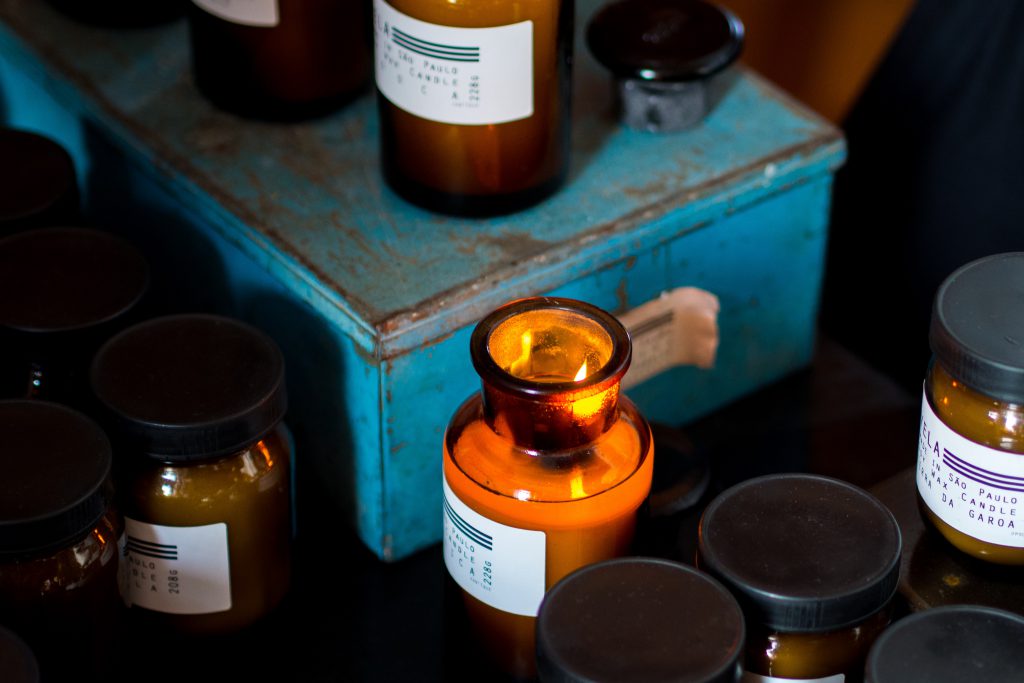
Essential oils are also made into candles
Trigger management
In essence, this boils down to investigating and determining specifically which of the triggers we highlighted earlier are causing you anxiety and stress. Narrowing them down is a bit of trial and error but once done, people then reduce or eliminate their exposure to these triggers. For some triggers, this is easier said than done. Changing your coffee intake is likely easier than changing jobs, but managing your triggers is a surefire way of dealing with anxiety.
Face your fears
If managing/avoiding triggers is the yin, then facing them is the yang. Also called exposure therapy, this one is a high-risk, high-reward technique. It is often used to address phobias or other anxiety disorders. Essentially, you gradually expose yourself to the situation which is causing anxiety and you learn to become less sensitive over time.
People sometimes use images or even virtual reality as a way of easing into this high anxiety environment. Some medical professionals suggest “diving headfirst,” as it has strong results but this approach can also backfire, causing anxiety or stress to worsen. Exposure therapy is definitely not a quick fix but if you are serious about developing anxiety coping skills talk to a medical professional about this option.
Meditation
It’s easy to think of meditation as simply breathing and sitting still. Yet breathing exercises are simply a part of this technique; a technique which is extremely powerful for reducing anxiety & stress. Meditation is where an individual uses a certain process or system to focus their mind on a particular thought, object, activity or breathing pattern. This helps train their level of attention and awareness, in order to achieve a mentally clear and emotionally stable state.
They are MANY forms of meditation:
- Visualizations – Picturing the outcome of something you want to achieve
- Mindfulness – Focusing on the present & eliminating distractions
- Positive Affirmations – The practice of positive thinking and self-empowerment
- Nature Sounds
We know that getting started can be overwhelming, which is exactly why we created Mindbliss. The Mindbliss app has been specially designed to help guide and accelerate your evolution in mindfulness. It runs on an intelligent algorithm dedicated to curating the ultimate meditation experiences to fit your needs. We promise once you find your rhythm, breathing and meditation will become a transformative experience when dealing with anxiety.
START YOUR FREE TRIAL NOW! 
Therapy
There are various kinds of therapy, which often depend on your level of anxiety, but the most common is Cognitive Behavioural Therapy (CBT). It’s often called talk therapy and has proven to be very successful over the past years. Remember when we talked about journaling, think of CBT as the advanced version of this. Instead of working in isolation, you are working with a professional to change the negative and counterproductive thought processes in your head.
Over a few weeks, you work on practical strategies (which are repeatable) to help reduce anxiety. Some therapists focus more on rewiring your thinking, while others focus more on exposure therapy techniques. The ultimate goal is to have you managing your anxiety and stress levels on your own after a few months. CBT options should definitely be discussed with your doctor to see if it is right for you.
Medication
There are many reasons medication will be prescribed by a professional. They help treat people with extremely high levels of anxiety, they are used to help individuals focus on or complete certain tasks and sometimes they are part of a larger treatment plan with other stress-reducing methods (like CBT.)
There are often stigmas around drugs but these views are unjustified. Medications have been helping people successfully navigate anxiety for decades. It is VERY important you work with your doctor or another professional when exploring anti-anxiety medication. It can be a process of trial and error to find the right fit, as sometimes side effects occur since medications alter the chemical makeup in your brain. This should not deter you as health professionals will monitor your progress to ensure everything is working as it should. When needed, meds can be transformational when looking for ways to deal with anxiety and stress.
The Best Anxiety Coping Skill is Starting One
There are so many options for dealing with anxiety, just assessing your options can lead to more anxiety. So honestly, the best strategy is to pick something and get started. The technique you choose may not be the perfect fit, but that’s okay. The journey to reducing anxiety can be a bumpy one. Just have patience, trust your instincts and remember there are always people out there who truly want to help (like us!)




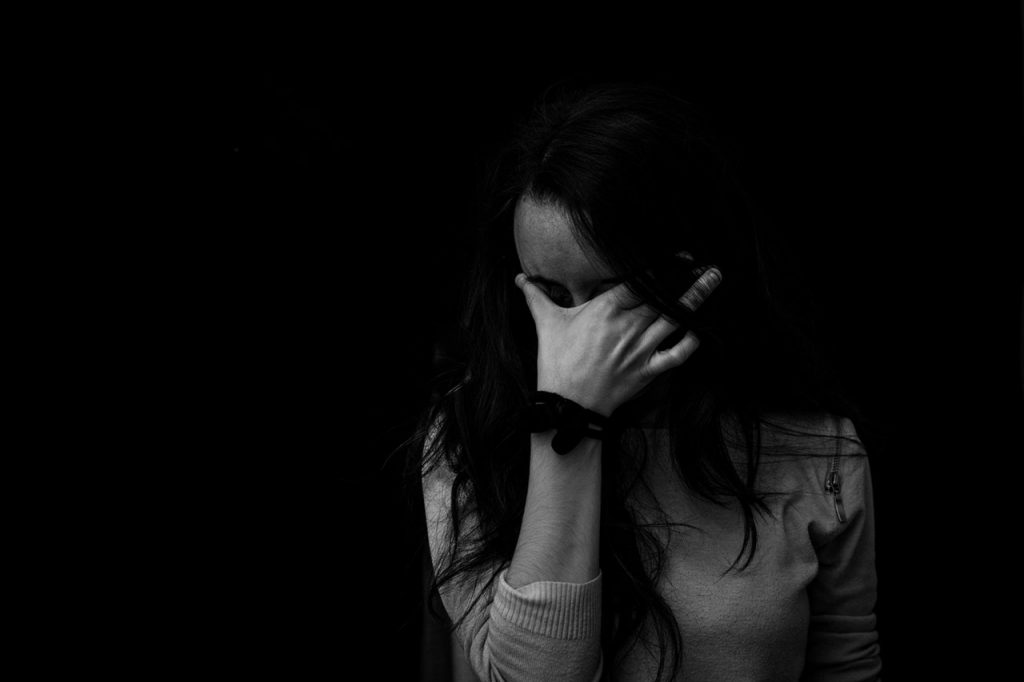
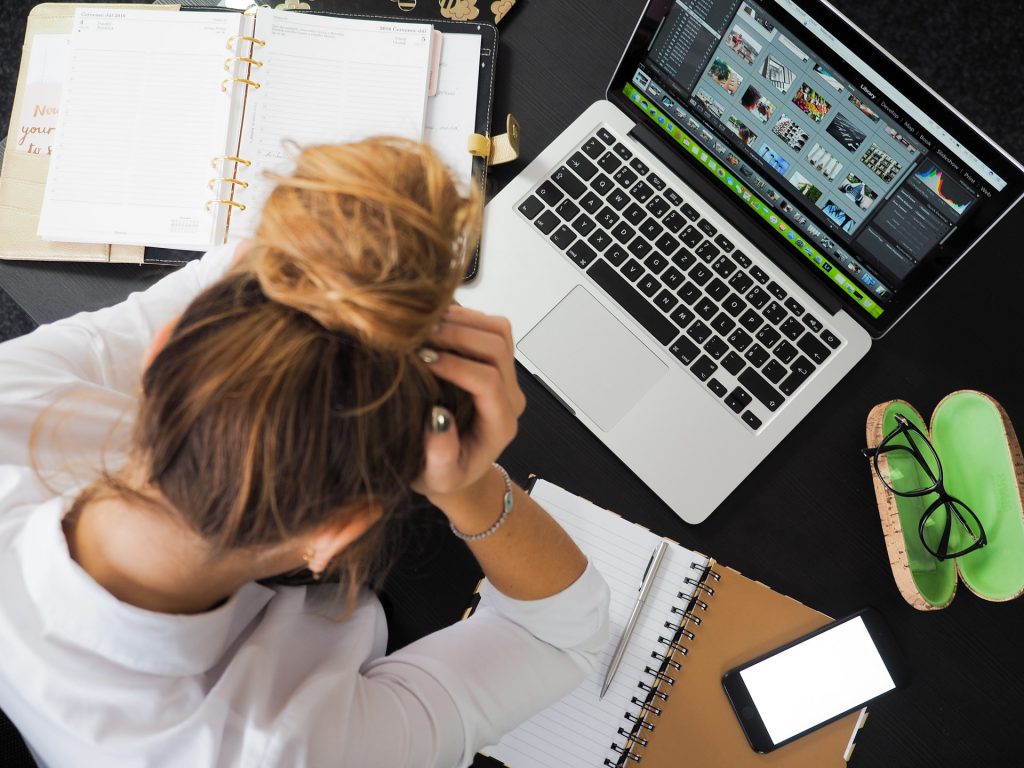


Recent Comments